Canon EOS C200
Rated 5.00 out of 5 based on 1 customer rating
$4,307.99
Capture extraordinary footage with the Canon EOS C200 camcorder – the perfect choice for high-end 4K video production and post-production.
Description
The Canon EOS C200 camcorder is a versatile option for professionals who require a reliable and high-performing device for their video production needs. A successor to the popular Canon Cinema EOS C100 Mark II, the C200 introduces a host of new features and improvements.
The camera boasts a Super 35mm CMOS sensor that provides exceptional image quality with low noise and a wide dynamic range. The C200 is capable of shooting in 4K DCI and UHD formats, as well as full HD 1080p. Additionally, the camera offers internal recording in Canon’s proprietary Cinema Raw Light format, which provides the flexibility for post-production workflows.
One of the most significant upgrades from its predecessor is the inclusion of Dual Pixel CMOS autofocus, designed for smooth and accurate focusing even in challenging situations. The C200 also features a built-in ND filter system with up to ten stops of exposure compensation, ensuring optimal lighting conditions in bright environments without the need for external filters.
The Canon C200 is equipped with four-channel audio recording capabilities, with two XLR inputs and a 3.5mm mic input. Users can choose between manual and automatic audio level control, and the camera also offers a headphone jack for monitoring audio in real-time.
The camera’s body is user-friendly, with a built-in 4-inch LCD touchscreen and a top handle that provides easy access to essential functions. The camera is also compatible with Canon’s range of EF and EF-S lenses, offering users a wide range of creative options when shooting.
The Canon EOS C200 is an ideal choice for professional videographers and filmmakers who require a high-performing, reliable camcorder to deliver exceptional results. Its robust features and superior image quality make it a worthy investment for any production set.
Canon EOS C200 properties
| Product name |
EOS C200 |
| Brand |
Canon |
| Type |
Action camera |
| Features |
GPS, Remote Control, Water Resistant |
| Connections |
HDMI, Headphone Jack, USB 2.0, Wi-Fi |
| Recordable Files |
RAW, PCM, MP4, MPEG-4 |
| SD Type |
SD, SDHC, SDXC |
| Display Size |
4.0 inches |
| Viewfinder |
Yes |
| Display |
Yes |
| Touchscreen |
Yes |
| Battery Type |
Li-Ion |
| Sound |
Stereo |
| Manual Focus |
Yes |
| Sensor |
CMOS |
| Sensor Megapixels |
10.0 MP |
| Still Picture Resolutions |
3840X2160 pixels |
| Still Picture Resolution (MP) |
8 |
| Still Pictures |
Yes |
| Weight |
1430 g |
Frequently Asked Questions:
How do I update the firmware on my Canon EOS C200?
To update the firmware on your Canon EOS C200, follow these steps:
1. Download the latest firmware version from Canon's website. You can find it by searching for "Canon EOS C200 Firmware Update" and then selecting the appropriate link.
2. Format a SD card with at least 3GB of available space. This is where you will store the new firmware file.
3. Extract the downloaded firmware file to the root directory of the SD card.
4. Turn off your Canon EOS C200 camera and then insert the SD card into the camera's memory slot.
5. Power on the camera while holding down the SET button until the message "Update Firmware" appears on the screen. Release the SET button.
6. Navigate through the menu by using the touch screen or the joystick, and then select "Yes."
7. The update process will begin, and you may need to wait for several minutes as the firmware is installed. Once complete, the camera will restart automatically.
8. Remove the SD card from the camera and format it again to remove the firmware file.
How do I properly connect an external microphone to my Canon EOS C200 camera for improved audio quality during filming?
Check the compatibility of your external microphone with the Canon EOS C200 camera. Make sure that your microphone has a 3. XLR input/output jack, depending on the type of connector available on your camera. Set up your microphone for use. If you're using a wireless microphone, make sure it's fully charged and properly paired with the receiver before connecting it to the camera. Locate the external microphone input on your Canon EOS C200 camera. Depending on the model of your camera, this may be located on the side or bottom of the device. Connect the microphone cable to both the microphone and the camera's input jack. Make sure that the connection is secure and snug. Turn on your camera and navigate to the audio settings menu. Depending on the model of your camera, this may be accessed through the setup or configuration settings. Choose "External" as your audio source. This will ensure that your camera uses the audio input from your external microphone rather than its built-in microphone. Check the audio levels to make sure they're not too loud or too quiet. You can do this by going to the audio settings menu and adjusting the gain or sensitivity of the microphone input. Test your audio setup by recording a few seconds of footage with your camera and play it back to ensure that you're getting clear, high-quality sound. If necessary, you can also use an external audio recorder in conjunction with your external microphone for even better audio quality. This will allow you to record high-resolution audio separately from your video footage, which you can then sync together during post-production editing.
What are some recommended settings for beginners when shooting with the Canon EOS C200 camera?
When shooting with a Canon EOS C200, there are several recommended settings that beginners can use as a starting point. Here's a list of suggested settings to get you started:
1. Resolution and Frame Rate: For beginners, it is recommended to shoot in Full HD (1920 x 1080) at either 23. You can choose the frame rate based on your preference or project requirements. Shutter Speed: To achieve a natural motion look, set your shutter speed to double your frame rate. For example, if you're shooting at 23. ISO Sensitivity: Set the ISO sensitivity between 800-1600 for indoor and low light situations, or between 400-800 for daylight shooting. You can adjust this setting depending on your lighting conditions and desired image quality. White Balance: For most cases, set your white balance to Auto or Daylight (5500K). However, if you need a specific color temperature, manually adjust the white balance settings accordingly. Picture Style: Choose a picture style that suits your shooting needs and preferences. Standard is generally recommended for beginners, but you can also try other styles like Neutral or Portrait to see which one works best for you. Audio Settings: Make sure to set the audio recording format to 48kHz PCM Stereo and check that your microphone input levels are balanced and not clipping. Focus Mode: Set your focus mode to One-Shot or Single AF (AF-S) for static scenes, and use Servo AF (AF-C) for moving subjects. You can also try using the Touch AF feature by tapping on your subject's screen. Zoom Control: Use the zoom control on the camera body or the lens itself to adjust your focal length. If you have a compatible lens with servo zoom, enable it to smoothly zoom in and out during recording. Image Stabilization: Turn on the electronic image stabilization (EIS) to minimize camera shake and improve overall stability while shooting handheld or walking with the camera. File Format and Recording Mode: Choose between All-I (All Intra), IPB (Intra-Frame Predictive Bios), or All-I/IPB Simul (both All-I and IPB) recording modes based on your storage capacity and file size preferences. All-I provides better image quality but requires more storage space, while IPB compresses the footage to save storage space at the expense of slightly reduced image quality. Remember that these settings are just a starting point and you can always adjust them according to your specific needs and shooting conditions.
How do I properly format an external hard drive for use with the Canon EOS C200?
To properly format an external hard drive for use with the Canon EOS C200 camera, follow these steps:
1. Insert the external hard drive into a USB 3. Open the Disk Management utility in Windows by pressing the Windows key + X and selecting "Disk Management" from the menu that appears. In Disk Management, locate the external hard drive in the list of available disks. It will be labeled as "Unallocated Space. Right-click on the unallocated space and select "New Simple Volume. Follow the New Volume Wizard to create a new NTFS partition on the external hard drive, accepting all default settings unless otherwise instructed by Canon's user manual for your specific camera model. Once the partition is created, assign it a drive letter and format it by right-clicking on it in Disk Management and selecting "Format. In the Format dialog box, select "NTFS" as the file system, check the "Quick Format" option (if available), and click "OK. The external hard drive is now formatted for use with the Canon EOS C200 camera, and it can be safely ejected from your computer and inserted into the camera's card slot as a replacement for a memory card. Note: It's important to ensure that the external hard drive is properly connected to a USB 3. Canon EOS C200 camera.
Before you buy Canon EOS C200
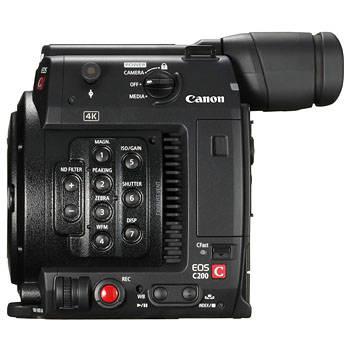


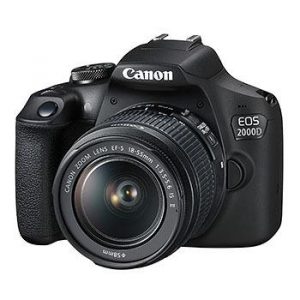
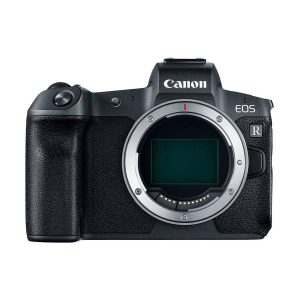
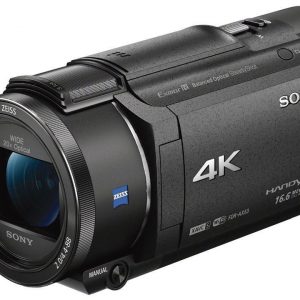
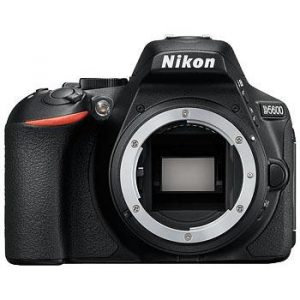
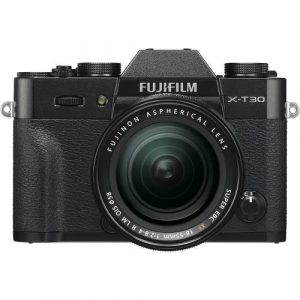
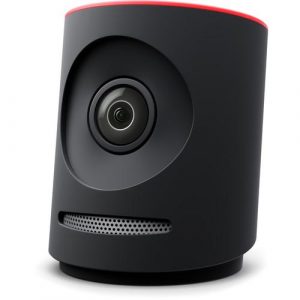
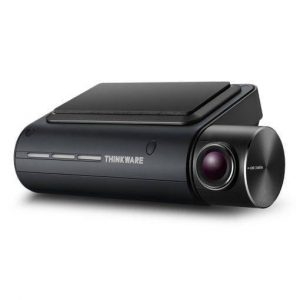
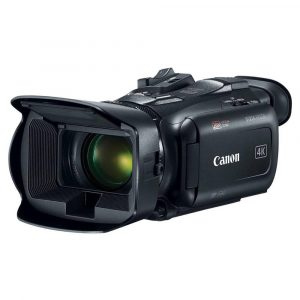
Customer –
Compact and versatile camera with advanced parameters for a wide range of film lovers.
The camcorder allows you to record clear and natural-looking 4K images on the internal media.
The material can be saved on CFast 2.0 ™ and SD cards, respectively. You can also film in slow motion in 120P mode and Full HD quality.
Two processors ensure high image quality, quick response of the camera to user commands and high-frame rate recording.
The focus point is selected and the device is controlled via the touch screen.
And this look. It is divine 🙂
Brayden –
I have come across an impressive addition to the Canon EOS lineup – the Canon EOS C200. This camcorder boasts top-of-the-line features that make it stand out from its competitors, and one aspect that caught my attention is its exceptional sound quality.
The Canon EOS C200 offers stereo sound recording, which ensures that your audio is just as crisp and clear as your video. This camcorder uses an advanced XLR input system that allows you to connect professional-grade microphones directly to the camera, providing superior audio quality. The stereo sound also helps capture more realistic and immersive audio, making it perfect for documentaries, interviews, and other productions where sound is just as important as visuals.
One tip I would like to share with anyone considering purchasing this camcorder is to invest in a high-quality microphone that suits your specific needs. The Canon EOS C200’s XLR input system allows for versatile audio options, ranging from lavalier microphones for interviews to shotgun mics for capturing sounds at a distance.
Another tip is to ensure proper placement of the microphone to capture optimal sound quality. For instance, if you are recording an interview, positioning the microphone close to your subject’s mouth will result in clearer audio. Alternatively, if you are filming a scene with multiple speakers, consider using directional mics to pick up sounds from specific directions.
The Canon EOS C200 also features an innovative Dual Pixel CMOS AF II system that provides fast and precise autofocus capabilities. This feature comes in handy when shooting scenes with multiple speakers or moving subjects, as the camera can seamlessly switch between them without compromising audio quality.
In today’s news, Trump’s legal troubles continue to escalate. The defense rested in his NY hush money case without calling him to testify, and the jury has been set for closing arguments on May 28th. Some critics have called out the handling of other probes outside court as tantamount to obstruction. This highlights the importance of having a reliable camcorder like the Canon EOS C200 to capture critical moments in history, such as political debates and speeches.
In conclusion, I highly recommend the Canon EOS C200 for anyone looking for a professional-grade camcorder with exceptional sound quality. Its advanced XLR input system, stereo sound recording, and Dual Pixel CMOS AF II system make it an excellent choice for video production in various settings, from documentaries to political events. With proper microphone placement and investment in high-quality audio equipment, you can ensure optimal audio quality that complements your stunning visuals.